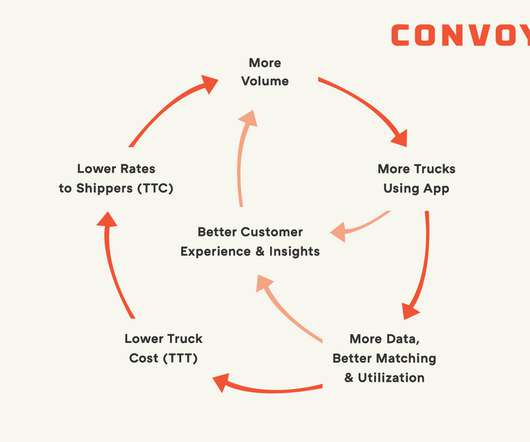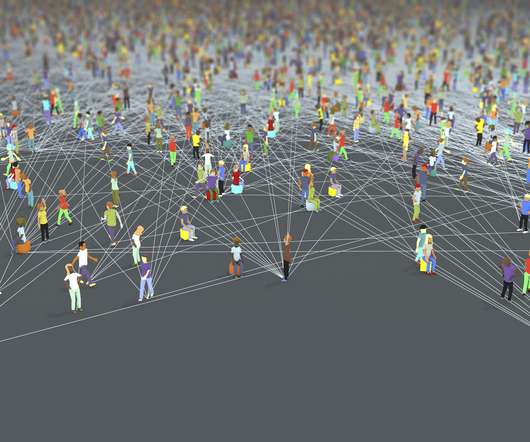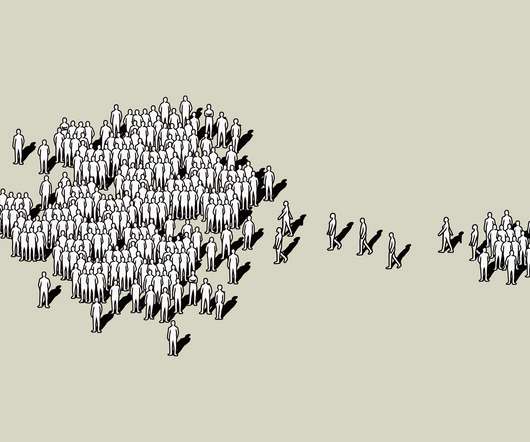Convoy: The Future of Truck Freight
Y Combinator
JANUARY 21, 2021
They can accrue huge value by reducing friction and aggregating supply and demand — particularly because they have the ability to build network effects and economies of scale. In the last few years, incumbents have started to adopt technology to fix inefficiencies, but they’ve focused on tools to streamline individual tasks (e.g.,














Let's personalize your content